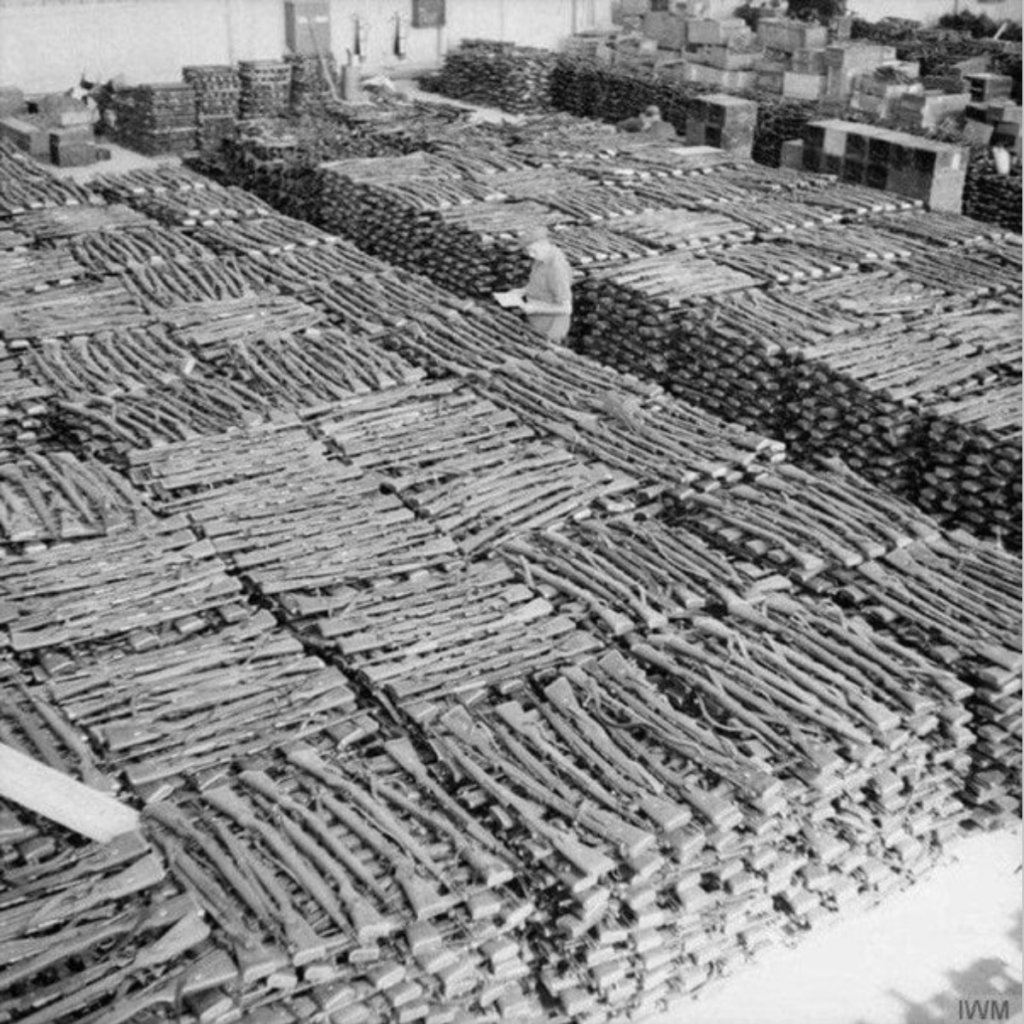
The Second World War was the largest and deadliest conflict in all of human history. As such, a lot of weapons were produced and used by the armies, navies, and air forces of several nations.
By the time the war finally ended in 1945, hundreds of millions of guns, artillery pieces, tanks, military aircraft, and naval vessels had been produced and were in active circulation. The question of what happened to these millions of weapons is an oft-asked one, and there a number of different answers to it.
For larger pieces of equipment, such as vehicles of all varieties, a lot of them were simply dumped into the ocean. While this course of action initially seems difficult to comprehend, it did make sense from a logistical perspective.
Often, these vehicles had been in storage for years on foreign soil, and the cost and effort it would have taken to get them back to say, the US or Britain, in the case of Allied vehicles, would have been far higher than simply dumping them in the ocean.
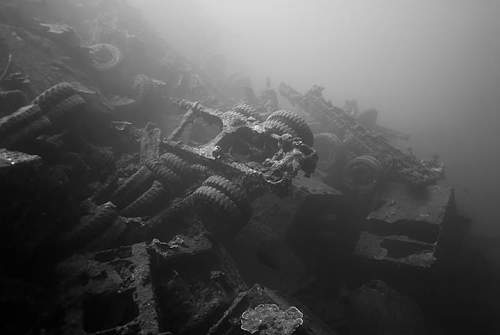
An example of this policy (applied across the various theaters of war by a number of Allied powers, but particularly by the United States) can be seen at a place called Million Dollar Point at Espírito Santo, an island of the Vanuatu archipelago in the Pacific. This spot is named for the millions of dollars’ worth of US equipment that was dumped into the ocean here after the war ended.
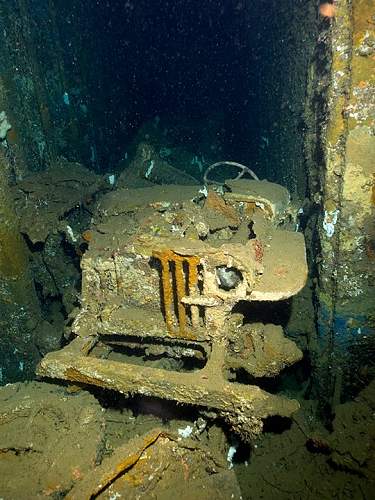
The US also disposed of some captured or surrendered enemy naval vessels by sending them to the depths of Davy Jones’s Locker, but not simply by scuttling them.
Instead, some Axis ships were used as targets for testing new weapons out at sea. These tests frequently involved atomic weapons, as the US was interested in seeing how an atomic bomb would affect ships.
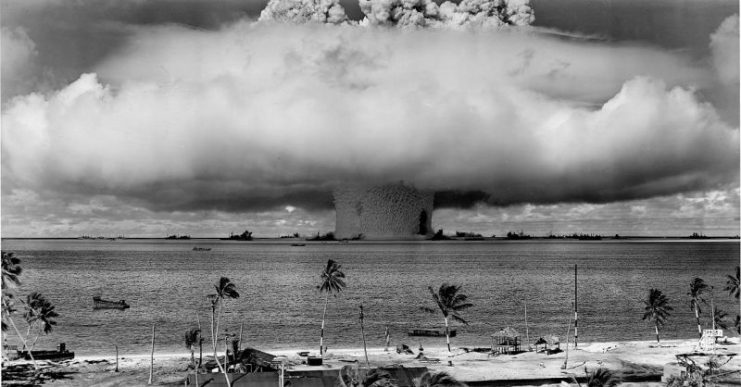
A lot of ammunition, from small arms ammo to more potent ordnance, was also thrown into the ocean, along with the weapons that fired such ammunition. An example of this was in Norway, where the Norwegian government chose to dump around 168,000 tons of German weapons and ammunition into the country’s lakes and fjords after the German occupation ended.
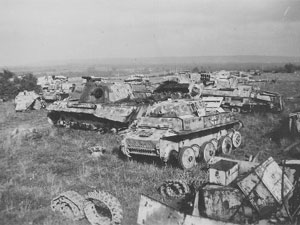
It has recently come to light that not only were bullets, weapons, and bombs dumped into the ocean but also more sinister armaments. Thirty-two thousand tons of chemical weapons and around 400,000 rockets and bombs filled with mustard gas ended up being dumped into the ocean by the Allies.
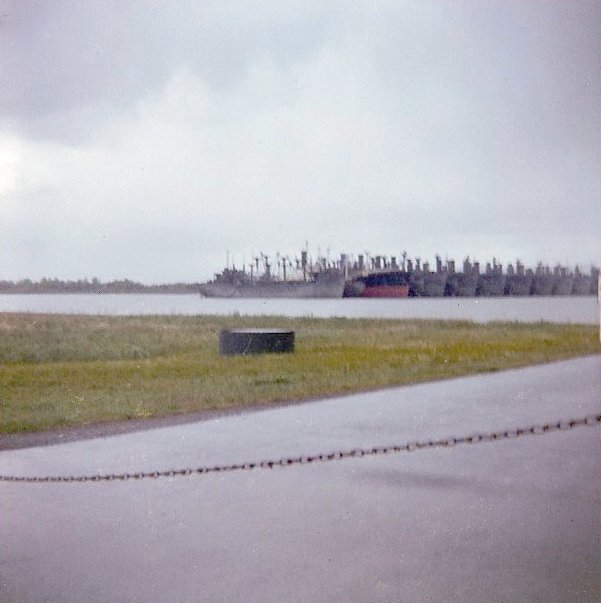
Of course, a great deal of weaponry and equipment did not end up at the bottom of the ocean. Much of it has remained on land, either buried in caches in Europe (some of which have been uncovered while others are still hidden to this day) or abandoned in inaccessible places like the Libyan desert.
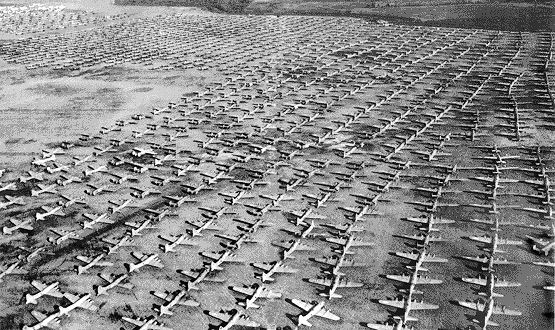
The deserts of North Africa, particularly Libya, serve as some of the largest “graveyards” for WWII tanks and aircraft in the world. Thanks to the hot weather and the lack of moisture and humidity, the Libyan desert has proved to be an ideal place for preserving WWII vehicles.
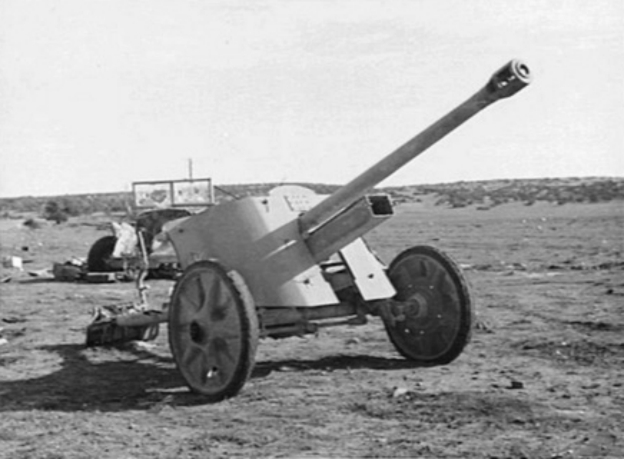
Another place where many military vehicles have been preserved, albeit in a different manner, is on the Eastern Front where bogs and marshes provided ideal conditions for the preservation of those vehicles driven into them. Today, in Belarus, for example, “tank hunters” make good money by salvaging German WWII tanks from marshes and restoring them.
While some of the many vehicles from both the Axis forces and the Allies either crashed in the desert or were destroyed there in battle, others were simply abandoned. Those that fall into the latter category are still well-preserved today. They look as if all they need is a bit of grease and a fresh coat of paint to get them running again.
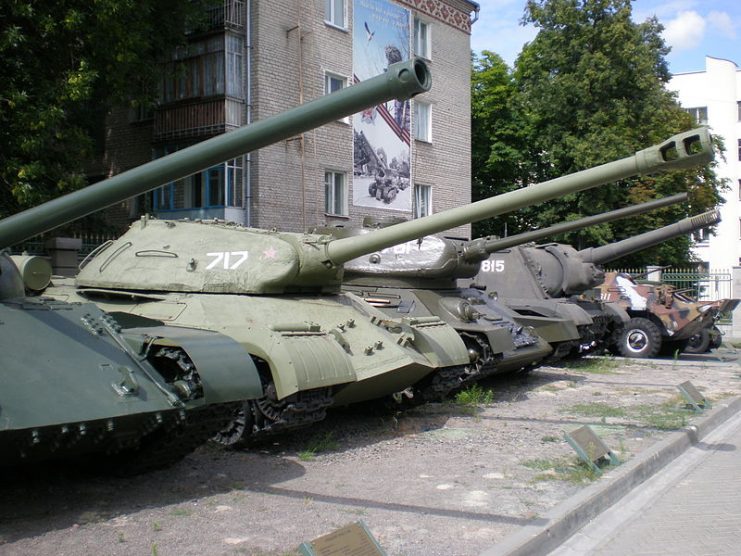
Of course, dumping, burying, or abandoning weapons wasn’t the only way of dealing with the sudden surplus of armaments. Raw materials for industrial manufacturing were in very short supply for most nations after the end of the war, and, particularly for the Soviets, captured and surplus weapons provided ideal sources of metal.
Consequently, many weapons were melted down and used in manufacturing.
Weapons that weren’t melted down or dumped into the ocean were either sold off to other nations or stockpiled for future use. This was particularly the case with firearms.
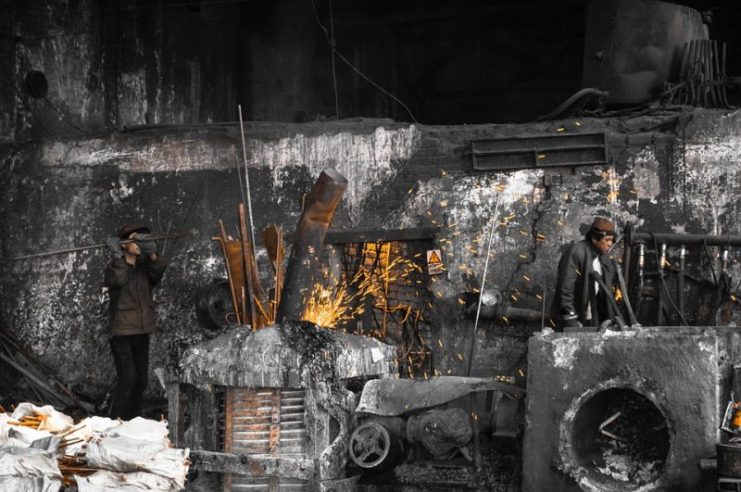
Many WWII rifles, like the M1 Garand, ended up being stockpiled by various government departments after which they were sold over the following decades to the public or, in the case of the US, made available for purchase by civilians through the government’s Civilian Marksmanship Program.
Many rifles from the war were also sold to smaller or Third World nations or were donated as part of aid packages. In other cases, rifles were supplied to pro- or anti-communist movements in several nations during the Cold War.
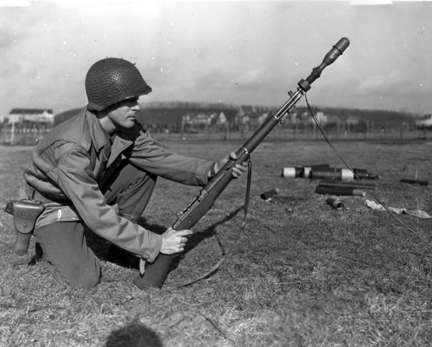
Others were used in wars that happened in the decades shortly after WWII (such as the Korean War and the Vietnam War) by troops on both sides of the conflict. Some WWII weapons, like the German Sturmgewehr 44 assault rifle, are still in use today in conflicts such as the Syrian War.
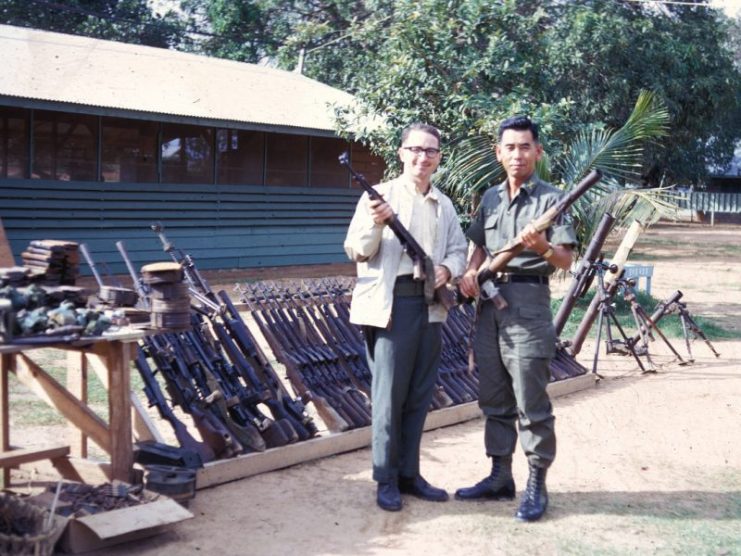
Finally, many of the more impressive captured or surrendered Axis vehicles, like advanced types of tanks, aircraft, or submarines, ended up in Allied museums or public exhibitions. However, captured prototypes with advanced technology were studied in secret by Allied scientists and engineers before being destroyed.
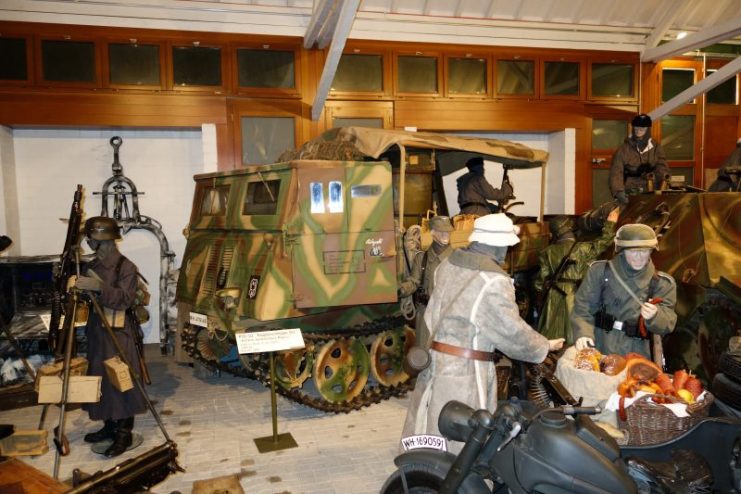
So there you have it, a number of answers to the question: “what happened to all the weapons and war equipment of the Second World War?”
Read another story from us: The Top Ten Most Terrifying Weapons of WWII
Some of the equipment lies at the bottom of the ocean; some of it is buried in hidden caches in Europe; some of it is slowly rusting away in the desert; some of it is still in circulation and a small portion of it can be found in museums and private collections.